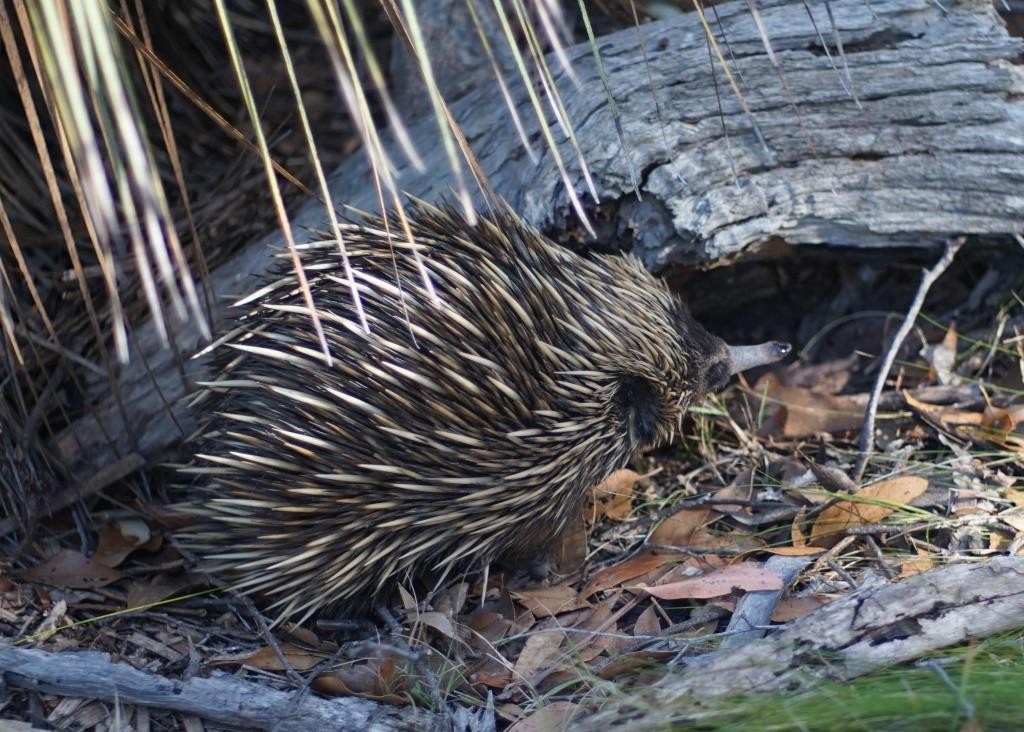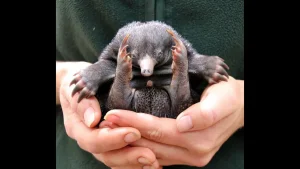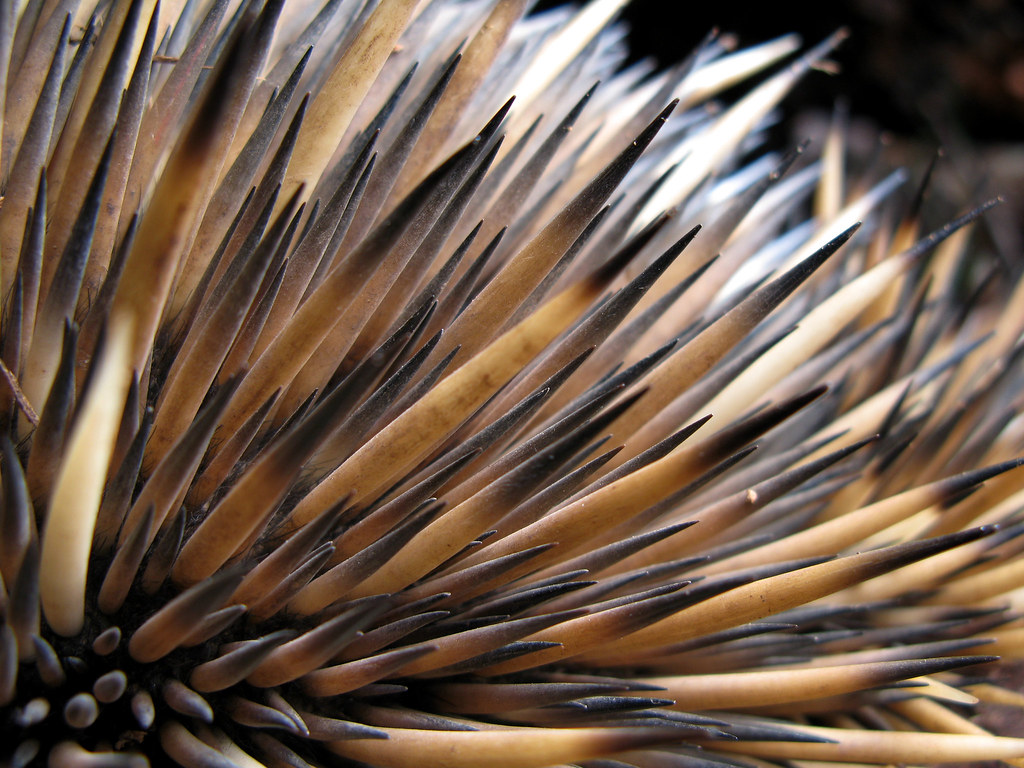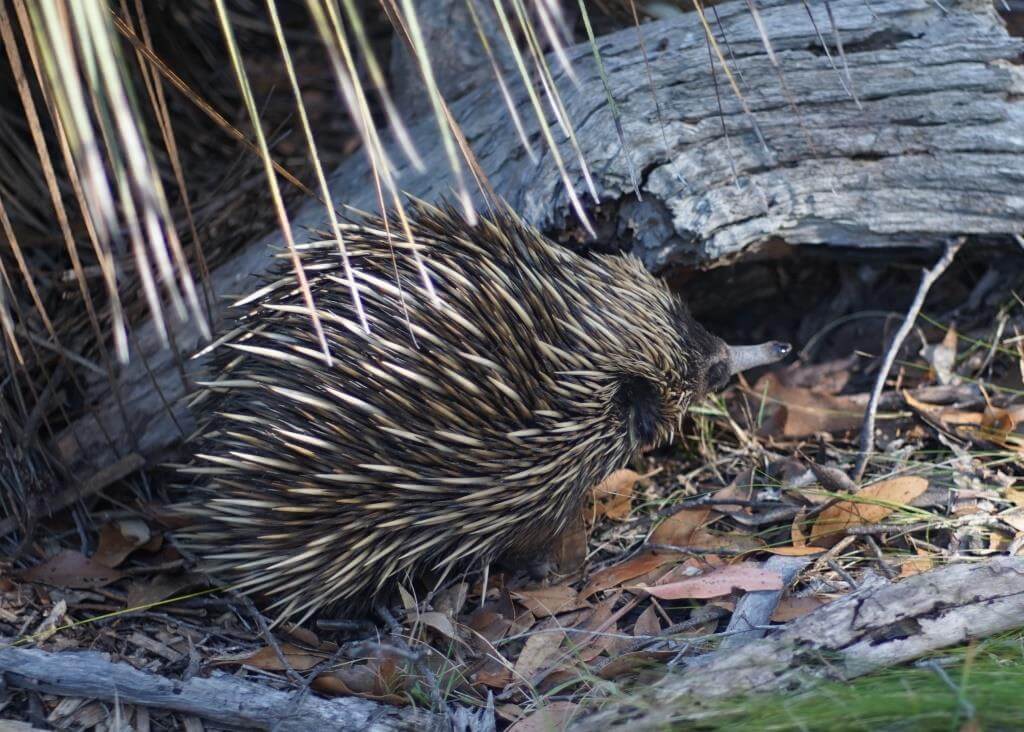Skip to content
 Echidnas are regularly sighted in Deep Creek Conservation Park.
Echidnas are regularly sighted in Deep Creek Conservation Park.
International visitors often comment on the unusual features of our wildlife
and with just cause; it is like no other. The echidna is a prime example and
a frequently sighted resident of Deep Creek Conservation Park.
What makes it so special apart from its spines, bird-like beak and a pouch similar
to a kangaroo? It is one of only a handful of egg laying mammals known as a monotreme.
The short beaked echidna lays a single egg and places it in their small
backward facing pouch where it hatches after 10 days to become a puggle.

The puggle continues to grow inside the pouch until it develops spines.
At this point it is asked to vacate the premises and goes to live in a burrow
that the mother has built for a further 6 months.
The diet of the short beaked echidna typically includes ants,
termites, grubs, larvae and worms. They can detect tiny electrical signals
from the insect’s body and use their sharp claws to dig up nests to reveal
invertebrates. Once exposed the echidna licks them up with its tongue.
Echidnas are unable to perspire and in order to cope with summer
heat they avoid day time activities. Their main threats are dogs and foxes.
 Echidna Spines | by Evan Pickett
Echidna Spines | by Evan Pickett





